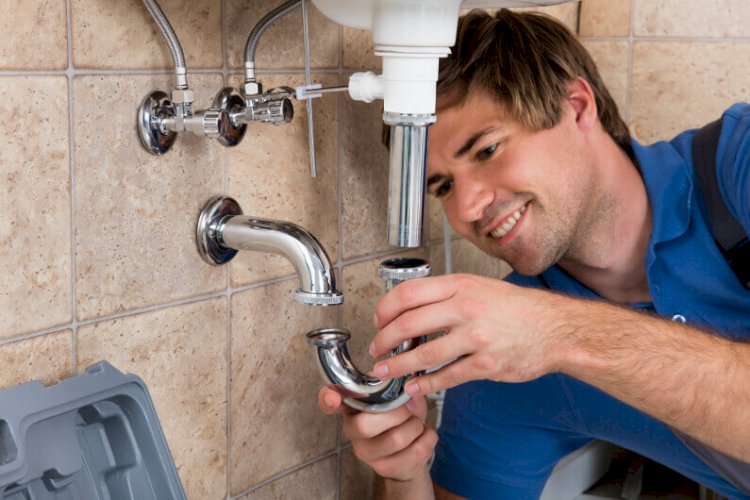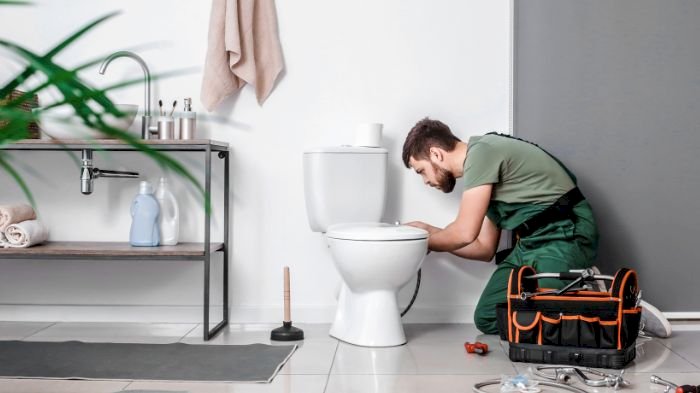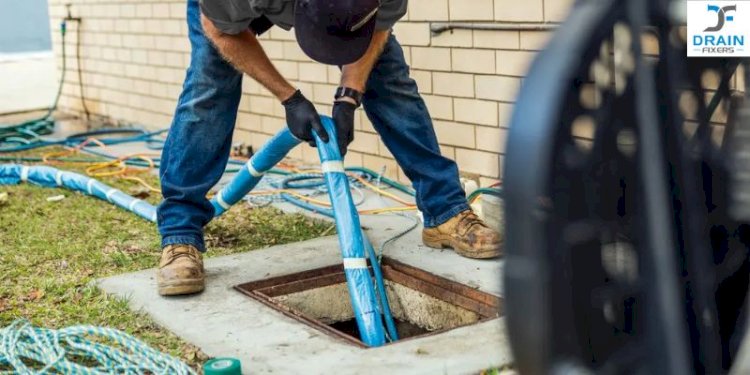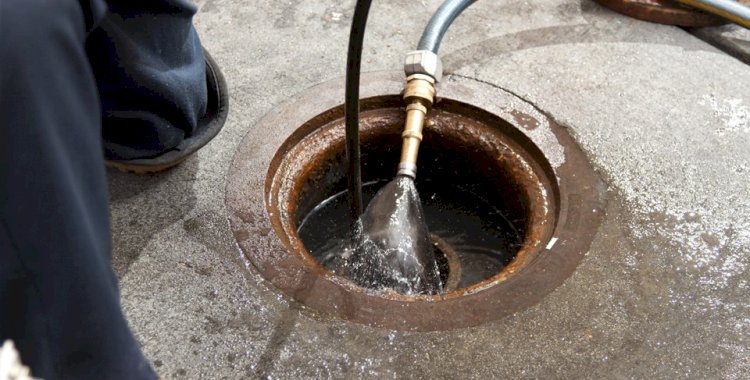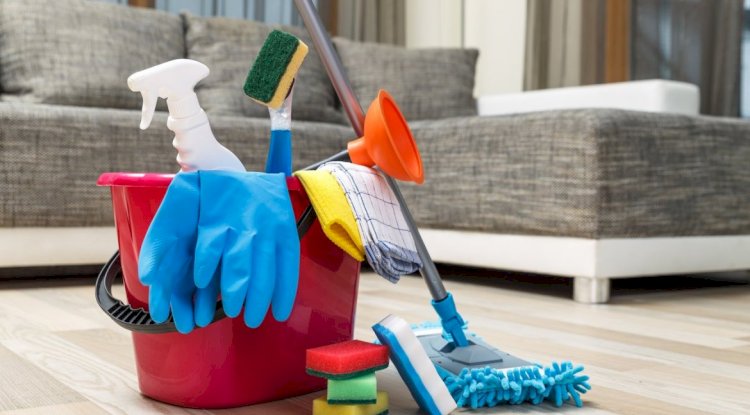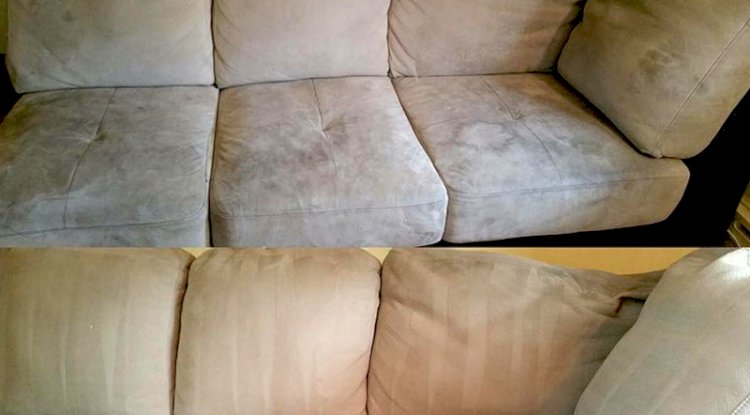7 DIY Methods for Unclogging a Blocked
Dealing with a blocked toilet can be a frustrating and unpleasant experience for any homeowner. It can disrupt the smooth running of your home and can be an unpleasant experience for anyone using it. Fortunately, you can use many DIY methods to unclog your toilet without having to call a plumber. In this blog post, we'll explore some of the most effective DIY methods for unclogging by plumbing in Geelong.
Method 1: Plunge it Out
A plunger is the most common and effective method for unclogging a toilet. To use a plunger, you'll need to place it over the toilet drain, push it down, and pull it up a few times to create suction. The suction created by the plunger will help dislodge the blockage and push it down the drain. When using a plunger, it's important to ensure that there is enough water in the bowl to cover the plunger. If there isn't enough water, add more until the plunger is submerged. Creating a tight seal around the toilet bowl is also important to ensure the suction is effective.
Method 2: Use a Toilet Snake
A toilet snake, also known as a toilet auger, is a long, flexible wire with a corkscrew-like end designed to break up and remove toilet clogs. To use a toilet snake, insert the wire into the toilet drain and twist it clockwise and counterclockwise until you feel resistance. Then, push the snake through the clog, twisting and turning as you go, until you feel it break up and moves through the drain. It's important to be gentle when using a toilet snake to avoid damaging the porcelain of the toilet bowl. You should also avoid using a toilet snake if you have a septic tank; instead, call a professional plumber in Braybrook.
Method 3: Dish Soap and Hot Water
If you don't have a plunger or toilet snake on hand, you can try using dish soap and hot water to unclog your blocked toilet in Geelong. Pour a few cups of hot water into the toilet bowl, followed by a few squirts of dish soap. Wait a few minutes for the soap to penetrate the blockage, and then flush the toilet to see if the clog has cleared. This method is best for mild clogs and may not work for more stubborn blockages. You should also be careful when pouring hot water into the toilet bowl, as it can crack the porcelain if the water is too hot.
Method 4: Baking Soda and Vinegar
Baking soda and vinegar are common household items that can be used to unclog a toilet. Using this method involves pouring a cup of baking soda into the toilet bowl, followed by a cup of vinegar. The mixture will start to fizz, which will help to break up the blockage. After a few minutes, flush the toilet to see if the clog has cleared. This method is best for mild clogs and may not work for more stubborn blockages. You should also be careful when pouring vinegar into the toilet bowl, as it can damage the porcelain if left for too long.
Method 5: Use a Wet/Dry Vacuum
If you have a wet/dry vacuum, you can use it to suck out the blockage from the toilet bowl. You'll need to remove as much water as possible from the bowl using a cup or bucket to do this. Once the bowl is empty, place the vacuum hose into the drain and turn it on. The vacuum will create suction, which will help to remove the blockage. Using a wet/dry vacuum specifically designed for wet applications is important, as using a regular vacuum can damage the motor.
Method 6: Boiling Water
Boiling water can be an effective and simple DIY method for unclogging a blocked toilet in Geelong. To use this method, boil a pot of water on the stove and then pour the boiling water into the toilet bowl. The hot water can help break up the blockage and push it through the drain.
It's important to be careful when pouring boiling water into the toilet bowl, as it can crack the porcelain if the water is too hot. You should also avoid using this method if your toilet is not made of porcelain, as it can damage other materials.
Method 7: Enzyme Cleaners
Enzyme cleaners are a natural and effective way to unclog a toilet. These cleaners use natural enzymes and bacteria to break down and dissolve organic materials that may be causing the blockage. To use an enzyme cleaner, pour it directly into the toilet bowl and let it sit for a few hours or overnight. After sometime, flush the bowel to see if the blockage has cleared. Enzyme cleaners are safe for most plumbing systems and can be used regularly to help prevent future blockages. However, they may not be effective for more stubborn clogs, and it's important to follow the manufacturer's instructions carefully to avoid damage to your toilet or plumbing system.
Final Words
A clogged toilet can be a frustrating and unpleasant experience, but with these DIY methods, you can easily unclog your toilet without having to call a plumber in Braybrook. From plunging to using a toilet snake or household items like dish soap and baking soda, there are plenty of methods to choose from depending on the severity of the blockage.
Remember to always be gentle when attempting to unclog a toilet and avoid using harsh chemicals or tools that can damage the porcelain or your plumbing system. With a little patience and persistence, you can easily tackle a blocked toilet and restore peace and order to your home.
Share
What's Your Reaction?
 Like
0
Like
0
 Dislike
0
Dislike
0
 Love
0
Love
0
 Funny
0
Funny
0
 Angry
0
Angry
0
 Sad
0
Sad
0
 Wow
0
Wow
0
